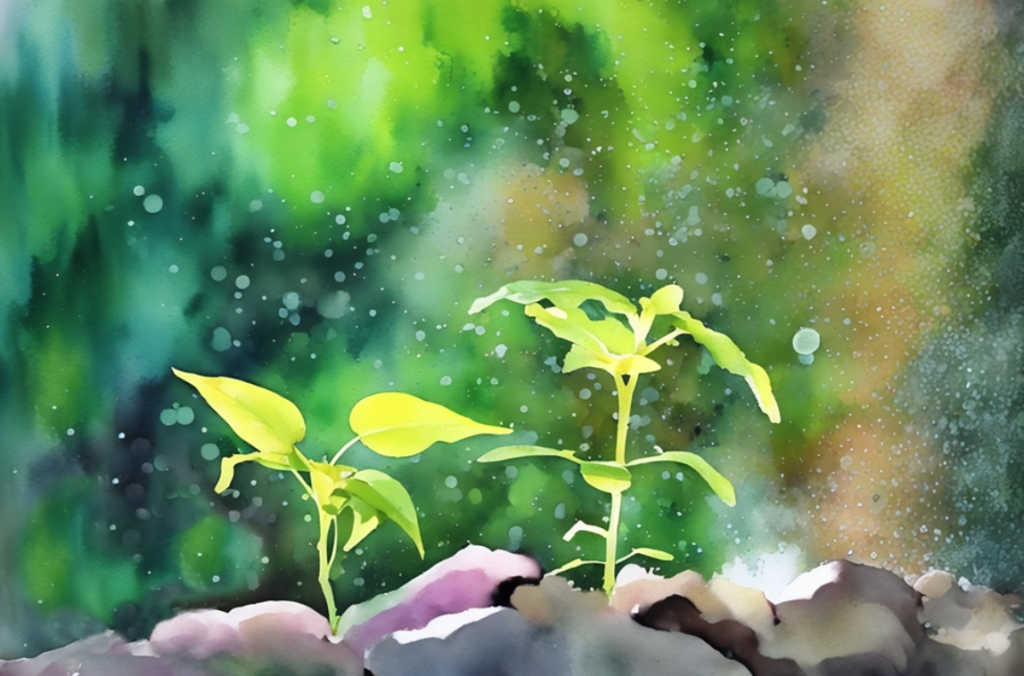
Climate change adaptation is about adjusting to the current and future impacts of climate change, like more extreme weather, rising sea levels, and shifting ecosystems. While reducing emissions (mitigation) is key, we also need to adapt to the changes already happening. Adaptation helps protect people, ecosystems, and economies from these impacts and find new opportunities in the face of these challenges.
Different areas face different climate challenges, like rising sea levels in coastal regions or more droughts and floods inland. Understanding how climate change affects each place is essential for planning effective adaptation strategies.
We need buildings, roads, and other infrastructure that can withstand extreme weather. This includes flood-resistant homes, heat-tolerant roads, and using green spaces like parks to absorb stormwater and reduce heat in cities.
Agriculture is hit hard by climate change. Farmers can adapt by using drought-resistant crops, improving irrigation, or shifting planting seasons. Sustainable practices like vertical farming or aquaponics might also help.
Climate change threatens ecosystems and biodiversity. Conservation efforts focus on restoring habitats, creating corridors for wildlife to migrate, and helping species adapt to new climates.
With climate change comes new health challenges, like heat-related illnesses and the spread of diseases. Health systems need to be prepared, from providing early warnings for heatwaves to developing treatments for new diseases.
Water shortages and floods are big issues. Communities can adapt by recycling water, harvesting rainwater, or using desalination to turn seawater into fresh water.
Climate change affects industries like agriculture and tourism. Governments and businesses need to explore new sectors, like renewable energy or sustainable tourism, to create jobs that are less vulnerable to climate impacts.
Successful adaptation requires local communities to be involved in planning and decision-making. Education and awareness campaigns can also help people understand the importance of climate resilience and encourage actions like reducing waste or conserving water.
Conclusion: Adapting to climate change is crucial to protect our societies and environments. By building resilient infrastructure, safeguarding natural ecosystems, ensuring food and water security, and engaging local communities, we can reduce the risks and create a more sustainable future.
The views and opinions expressed are those of the authors and do not necessarily reflect nor represent the Earth Chronicles and its editorial board.




